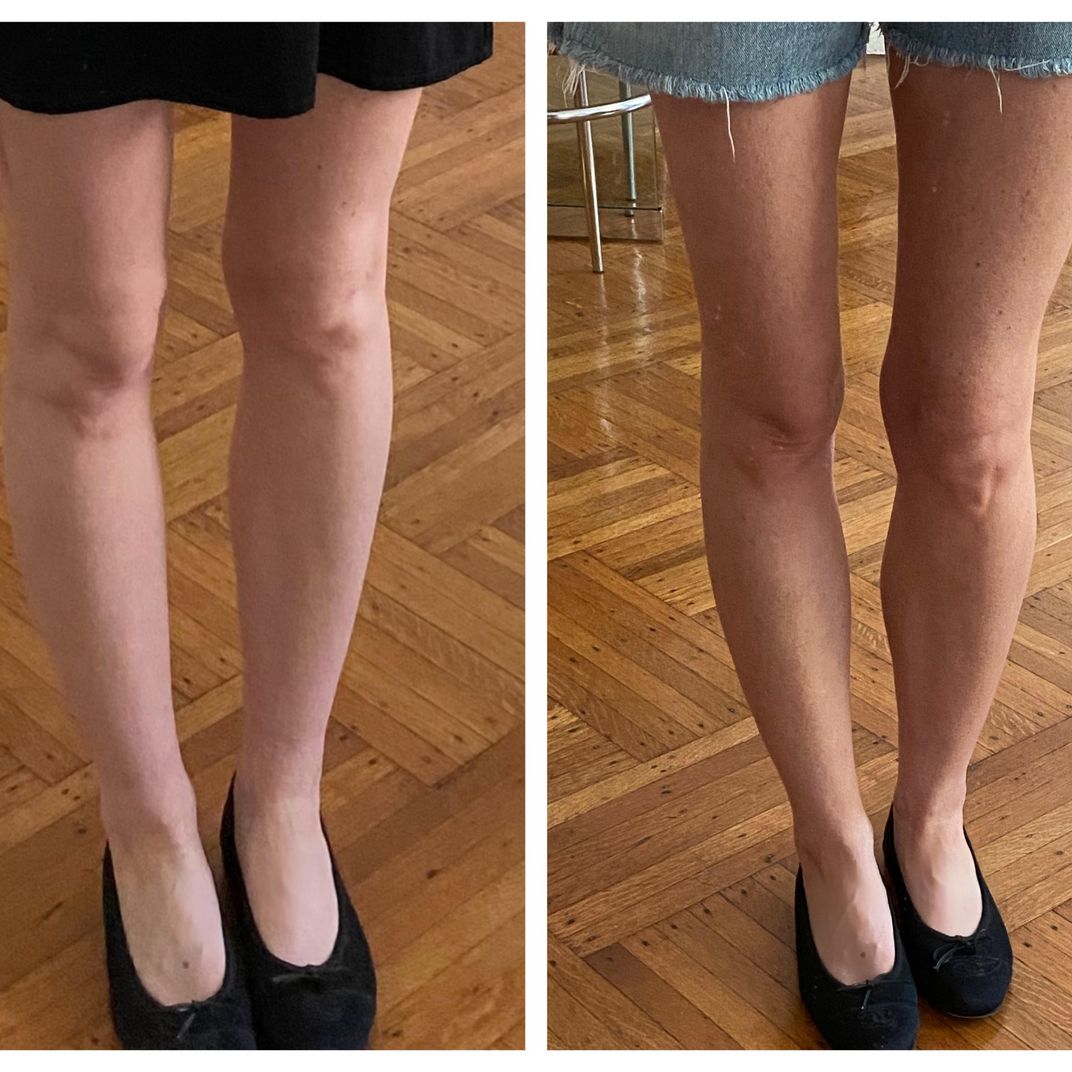When it comes to achieving that coveted sun-kissed glow without the damaging effects of ultraviolet rays, self-tanners have become the go-to solution for many. However, a frequently encountered conundrum among self-tanning aficionados is whether it’s feasible to apply a second layer of self-tanner over an existing one. Are they merely stacking layers upon layers, like painting a canvas anew, or is there an artful technique to perfecting that bronze sheen? Let’s delve deeper into this intriguing topic and unveil some valuable insights.
To answer the burning question: Yes, you can put self-tanner on top of self-tanner, but there are nuances and considerations that one must bear in mind. Think of your skin as a pristine canvas. Each application of self-tanner alters that canvas, and how you treat it between applications determines the eventual outcome. The layering technique adds complexity—if done correctly, it can enhance the depth of color and achieve a more radiant glow that reflects the beauty of a sunset.
First and foremost, it’s essential to consider the waiting game. Self-tanners require time to develop, often 4-8 hours post-application for the full effect to manifest. Applying a second layer too soon can result in uneven tones or an unwanted orangey hue. Whimsical streaks may appear, akin to a child’s finger painting. The golden rule? Allow the first layer to reach its utmost development before even contemplating a second coating.
Skin preparation is another vital ingredient in this tanning recipe. Ensure your skin is cleansed, exfoliated, and moisturized properly. This acts as the foundation, just as a skilled artist primes their canvas before the initial stroke. Exfoliation should occur a day or two prior to application, using a gentle scrub to eliminate dead skin cells and create a smooth surface. If initiated too close to the tanning day, you risk a patchy outcome; it’s all about balance.
After the initial layer has developed, it’s prudent to assess the color. Some individuals may find the hue satisfactory, while others might yearn for a deeper tone reminiscent of a sun-drenched Mediterranean holiday. When opting for the second layer, consider the formulation of your self-tanner. Not all formulas are created equal; some are designed specifically for layering, while others may not lend themselves to the stacking process as seamlessly. A light mist may work well for those who prefer subtle tones, while creams may need careful deliberation to avoid an over-saturated look.
The application technique deserves special attention as well. Beware of applying the second layer using the same ardor with which the first was applied. Instead, think of it as an artisan’s final touch—delicate and precise. Employ a lightweight application method, using a mitt or glove, to ensure even distribution. Transition in gentle motions, akin to the brush strokes of a painter, creating a seamless blend without noticeable demarcation lines. Remember, the more carefully you apply, the more luminous your skin will appear.
Moreover, consider the timing of your applications. Many people opt for nighttime applications since self-tanners can take a while to dry and develop. Thus, a recommended approach is to apply the second layer at night after the first layer has fully developed. Awaken to a freshly bronzed complexion, akin to dawn revealing the beauty of the world after the night’s slumber.
Hydration stands out as another pivotal aspect in this tanning journey. Both before and after self-tanning, hydrating your skin with a quality moisturizer can minimize streaking and promote an even tonality. Incorporating hydrating products into your post-tan regimen creates a protective barrier over the skin, akin to sealing in the treasure of your bronze glow. Skin that is properly moisturized will not only appear more radiant but can also help ensure that subsequent layers adhere appropriately.
Once you’ve perfected that radiant hue, it’s time to consider the upkeep. As your tan begins to fade naturally, you may find yourself craving that youthful glow again. Maintaining a self-tanner is like tending to a beautiful garden—frequent watering and nurturing are essential for longevity. Consequently, implementing gradual self-tanning lotions can facilitate a smooth transition from a fresh tan to a healthy glow, ensuring evenness without stark contrasts in tones.
In conclusion, layering self-tanner over existing tanner can definitely enhance your glowing allure, provided that it is executed with care. Preparation, execution, and maintenance are the triumvirate elements crucial to achieving that flawless, golden look. Rather than being a mere act of layering, it becomes an art form—a harmonious balance that cultivates beauty. So go ahead, embrace the layering of self-tanner, and bask in the luminosity it brings. Your skin deserves it, and with the right approach, you can unveil a masterpiece that radiates charm and confidence.
